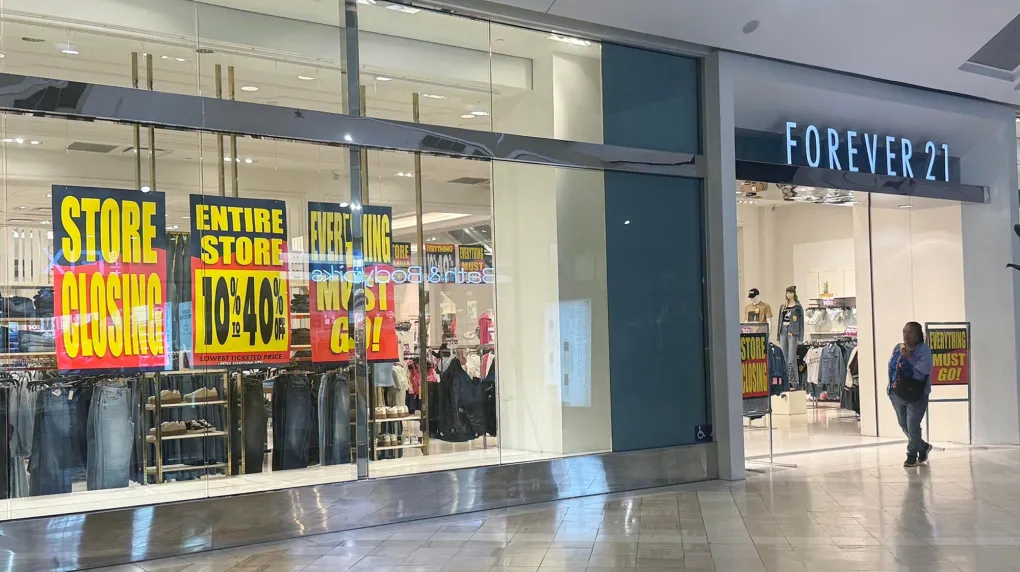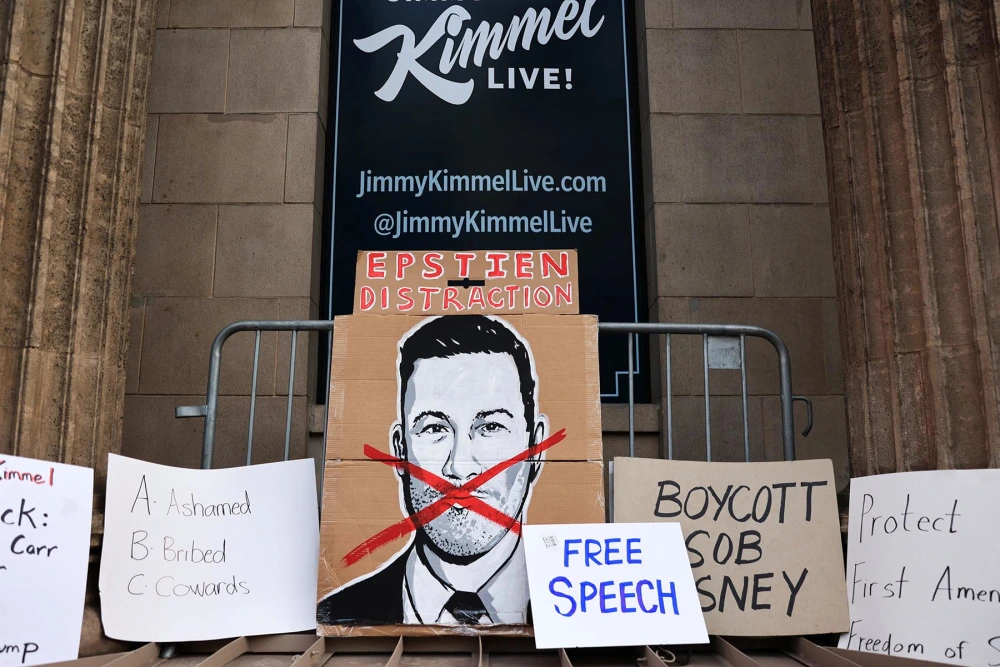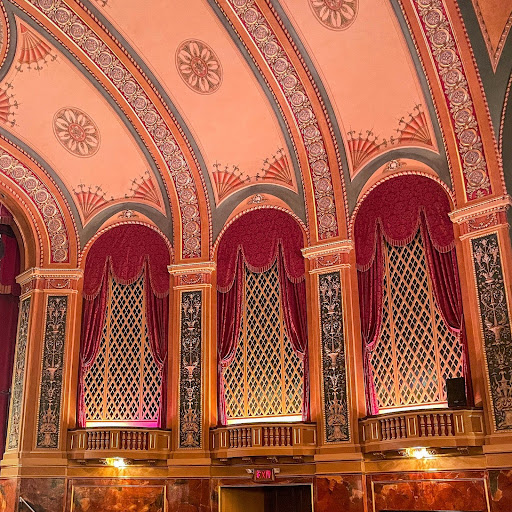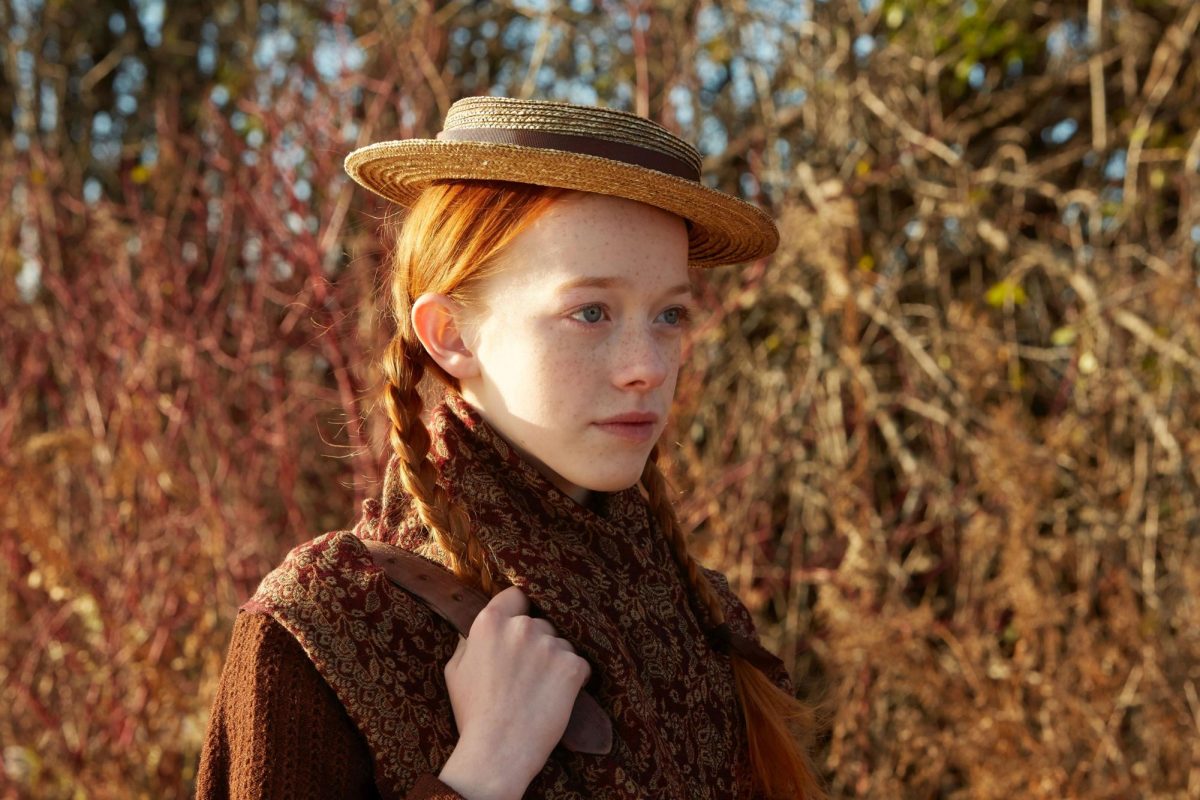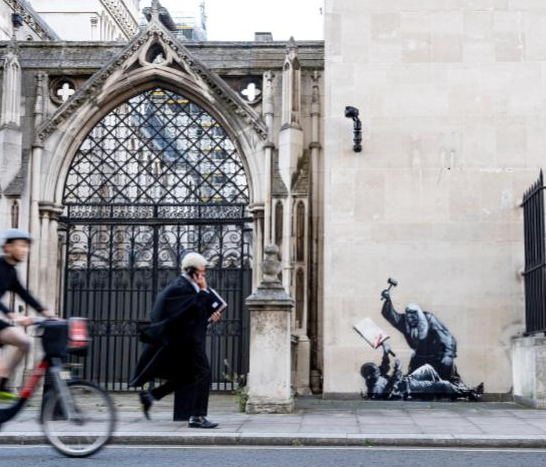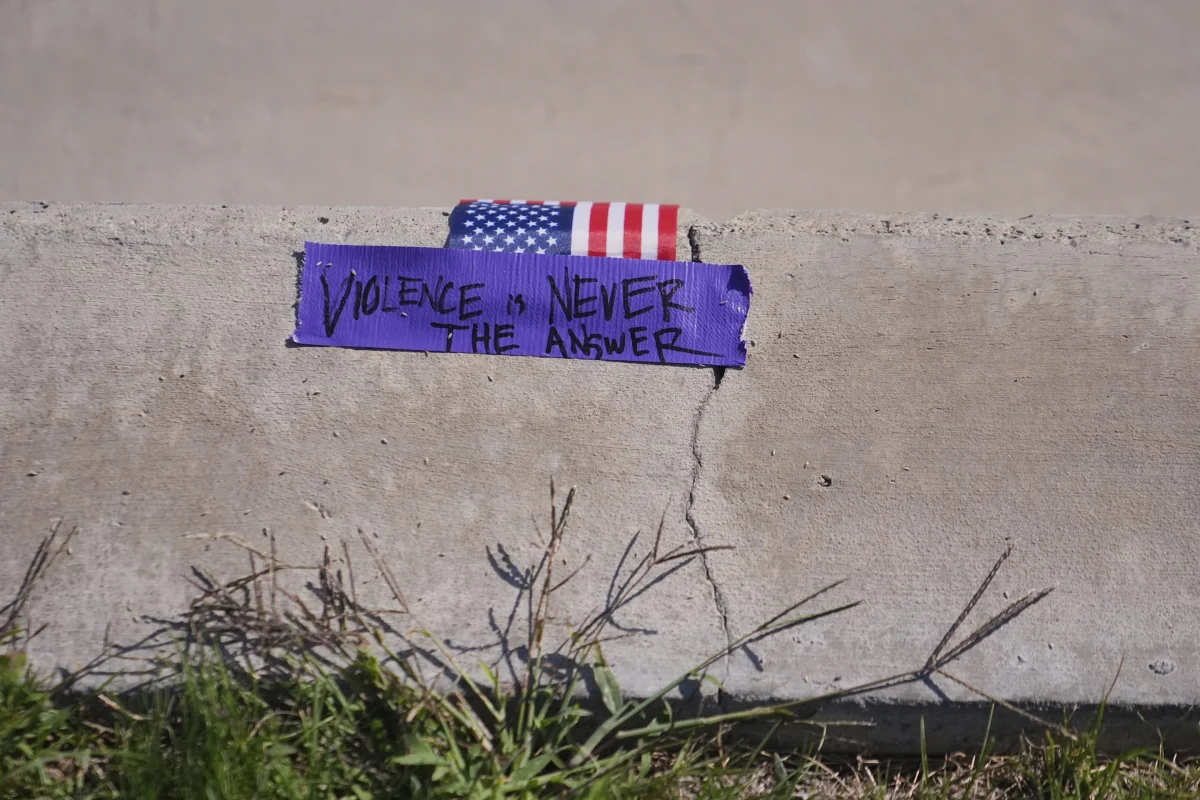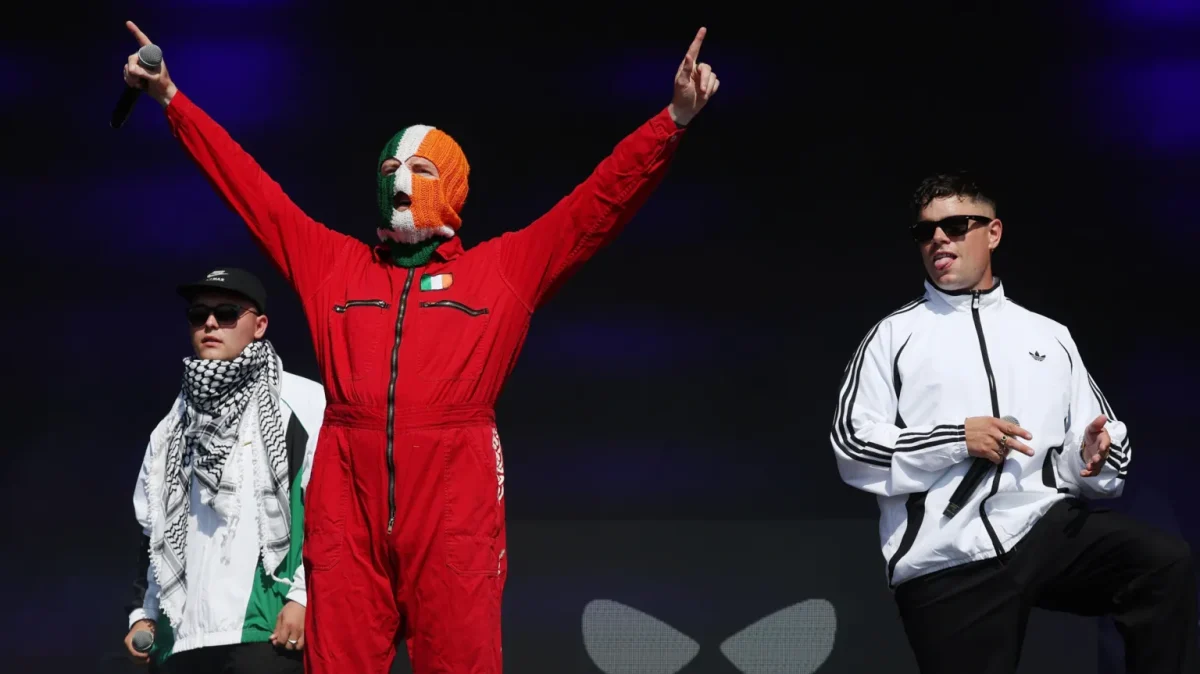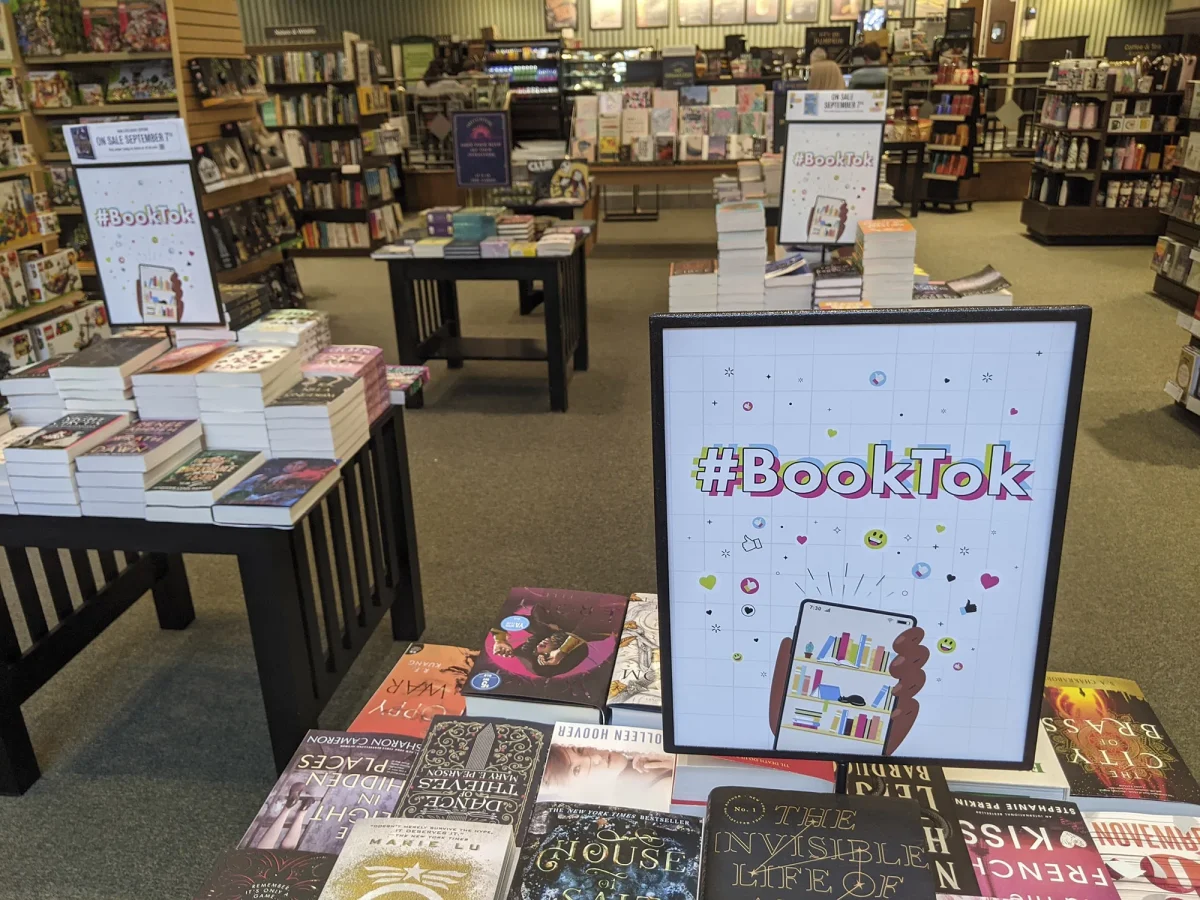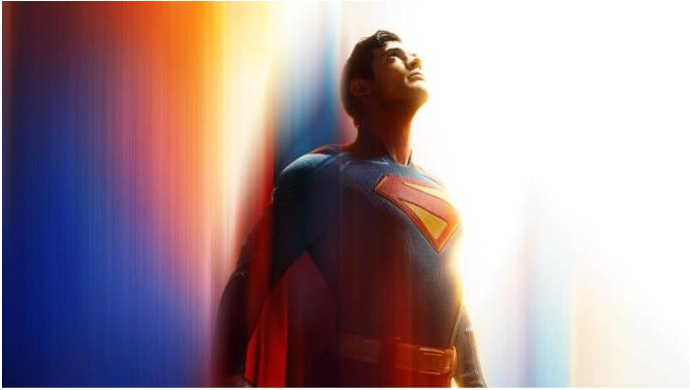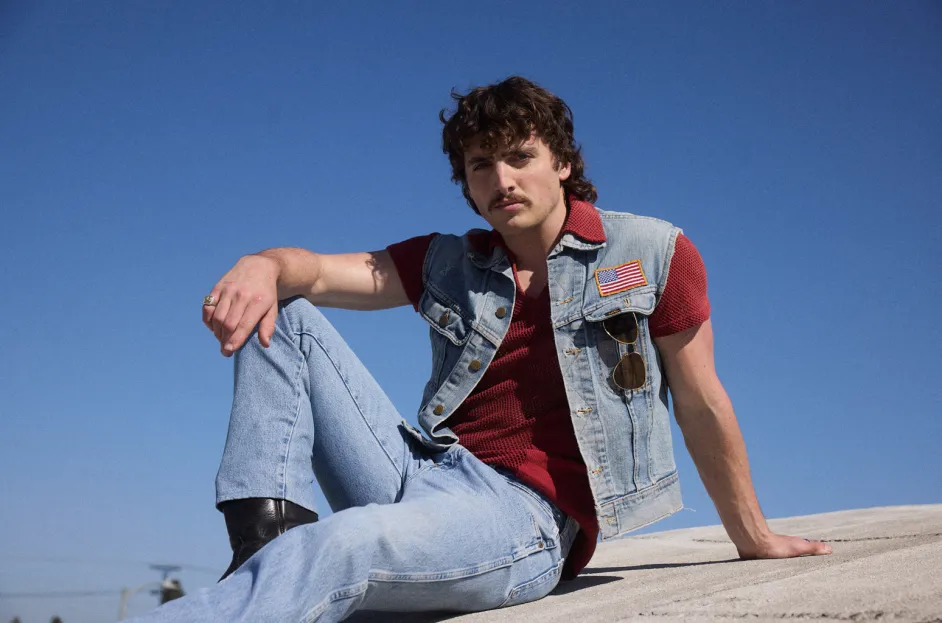It is no secret that, in the platform and crossover fighting game community, and the fighting game genre as a whole, Mashihiro Sakurai’s Super Smash Brothers Ultimate has taken the world by storm.
With the first entry in the series having launched back on the Nintendo 64 in 1999, the fifth installment for the Nintendo Switch 25 years later is arguably the definitive and ultimate installment in the series, hence the name.
The game is most notable for bringing back every playable fighter in the franchise’s history, given the tagline “everyone is here.”
Not only does the game have various fighters from Nintendo properties, such as Mario, Link, Kirby and Pikachu, but it also has unique third-party characters from other game companies. From Konami’s Solid Snake from “Metal Gear,” Square Enix’s Cloud Strife from “Final Fantasy 7″ and Capcom’s Mega Man, players are left with many choices when selecting their avatar.
Similarly, Ultimate gained a similar sensation when it revealed Sora from “Kingdom Hearts” as its final playable fighter. The character, owned by both Square Enix and Disney, had been highly requested by fans for years.
Echo fighters also appear as playable characters in the game. These characters have similar moves to other fighters, such as Ken as Ryu’s Echo Fighter and Lucina as Marth’s Echo Fighter.
The game also has a unique Campaign Mode known as World of Light, which allows the player to explore a new world while fighting various puppet fighters created by Galeem, the main antagonist. In this segment of the game, players free collectible Spirits that provide support and other fighters trapped and held prisoner by Galeem.
While not as cinematic as “Super Smash Brothers Brawl’s” The Subspace Emissary, the campaign also has you face several iconic bosses, such as playable fighters Bowser and Ganondorf, Dracula from the “Castlevania” series, Rathalos from the “Monster Hunter” series, Marx from the “Kirby” series and Galleom, a veteran Smash boss from “Super Smash Brothers Brawl.” Additionally, players fight both Galeem and his dark double Dharkon twice, choosing either to fight one in the final battle and allow the other to triumph, or to fight them both to obtain different endings.
DLC also allows for new fighters to be playable as well, such as “Xenoblade Chronicles’” Pyra and Mythra, “Fire Emblem’s” Byleth, Terry Bogard from the “Fatal Fury” series, Min Min from “ARMS,” Joker from the “Persona” series and various heroes from Akira Toriyama’s “Dragon Quest.” There are also even more absurd and unexpected characters, like Microsoft icons Banjo and Kazooie and “Minecraft’s” Steve.
Players can choose to play as powerful antagonists as well, such as “Donkey Kong’s” King K. Rool and “Metroid’s” Ridley.
There was also a great demand by fans to have Waluigi from “Super Mario” also included as a playable fighter; however, he ended up as an Assist Trophy instead. Assist Trophies serve as additional characters who can be summoned to aid the fighter who called them forth, similar to Pokeball items.
Similarly, there was also immense backlash over the reveal of Byleth, with fans complaining that the “Fire Emblem” series already had too many playable fighters, with Byleth making it a total of eight.
Another staple of the Smash series also returns in the form of Classic Mode. Only this time, fighters battle different fighters with similar characteristics to themselves. For example, Bowser battles red characters since he is the main nemesis of Mario, and Byleth battles warriors from the Fire Emblem series.
The fighters even face bosses from the “World of Light” series, aside from classic bosses like Master Hand and Crazy Hand. Marth battles Rathalos due to being a dragon slayer, Simon Belmont and his echo fighter Richter battle Dracula and Sephiroth battles every single boss as part of his reputation of being a boss himself.
Other game modes from previous entries also return, such as Mob Smash, Home-Run Contest and Training. Much like its predecessor, the game also features Online Mode to fight against other players worldwide.
Having played the Smash series since “Super Smash Brothers” for Wii U and Nintendo 3DS, even in my high school’s video game club, I give this game a well-deserved 10 out of 10. Despite the game no longer receiving updates or additional content, it still has enough to keep both new and veterans playing for hours on end.
The game is also popular on campus, played within the Grizz Den in the Oakland Center. Even if Sakurai never gets around to a sixth entry, many may see this entry as “Smash” going out with a bang, as its greatest entry to date.




